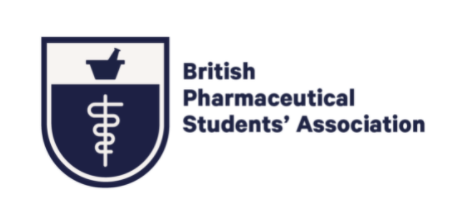Irresistible Resistance?
Author: Professor Mark Wainwright, Medicinal Organic Chemist, Liverpool John Moores University
There is little doubt that the ability to cure infectious disease via relatively simple administration of tablets or injectables is something that has been taken for granted for a considerable time by those living in the richer economies. Now we are told by the media that this period is over and that we are back in the pre-antibiotic era. Antimicrobial resistance (AMR) is mentioned in the same breath as international terrorism and climate change and those in charge are calling for decreased drug use, greater responsibility in prescription and even alternative approaches.
What is surprising in all of this is that it has taken so long for such calls to be made. The idea of microbial drug resistance has been a regular topic in the scientific literature since the 1920s (i.e. before the introduction of the penicillins), and was, indeed, mentioned by Fleming during his Nobel speech in 1945. Drug resistance mechanisms are, of course, merely a reflection of microbial mutation and part and parcel of the evolutionary journey.
The retreat of much of big pharma from the fight against AMR reflects the fact that our antimicrobial arsenal – essential to the modern way of life – does not pay as well as drugs for chronic syndromes. Improved schemes of recompense have been suggested, and this might help, but what can pharmaceutical R&D come up with? Do we just want a raft of new antibacterial agents, for example, to replace the failing ones we have at present?
If this is the case, we need to look closely at the way these new agents would work. Single mode/site of action drugs – like most antimicrobials thus far – are likely to encourage resistance development in the short term, i.e. a drug acting at a single site by a single mechanism might be inactivated by a single mutation. Multiple-mode drugs, by definition, make this much more difficult and this sort of approach is exemplified by the recently reported Teixobactin, although this is active mainly against Gram-positive bacteria, such as Staphylococcus aureus. Currently, it might be argued that the greater clinical threat comes from Gram-negative species, like Pseudomonas aeruginosa and Klebsiella pneumoniae, and – in any case – infectious disease has other aetiologies among fungi, viruses and protozoa. An expensively-discovered, new antibacterial drug will do little for the plight of Ebola or malaria victims!
Drugs aside, it is also essential that a new approach is encouraged in the population as a whole. Demanding antimicrobials for the least ailment, as if they were an automatic entitlement, is undoubtedly part of the current problem in our overuse of the antimicrobial resource. Educating the populace – from primary school level upwards - that this is the wrong way to view things is critically important here. For example, the idea that antibacterial drugs are of no use against viral infection, or that preventative vaccination against bacterial or viral infection is far safer than trying to cure it with drugs. Health professionals can deliver and, more importantly, explain such messages.
AMR is an inevitable consequence of conventional drug administration. Popular understanding of this going forward –whether in provision or use - can only help in managing the situation.

